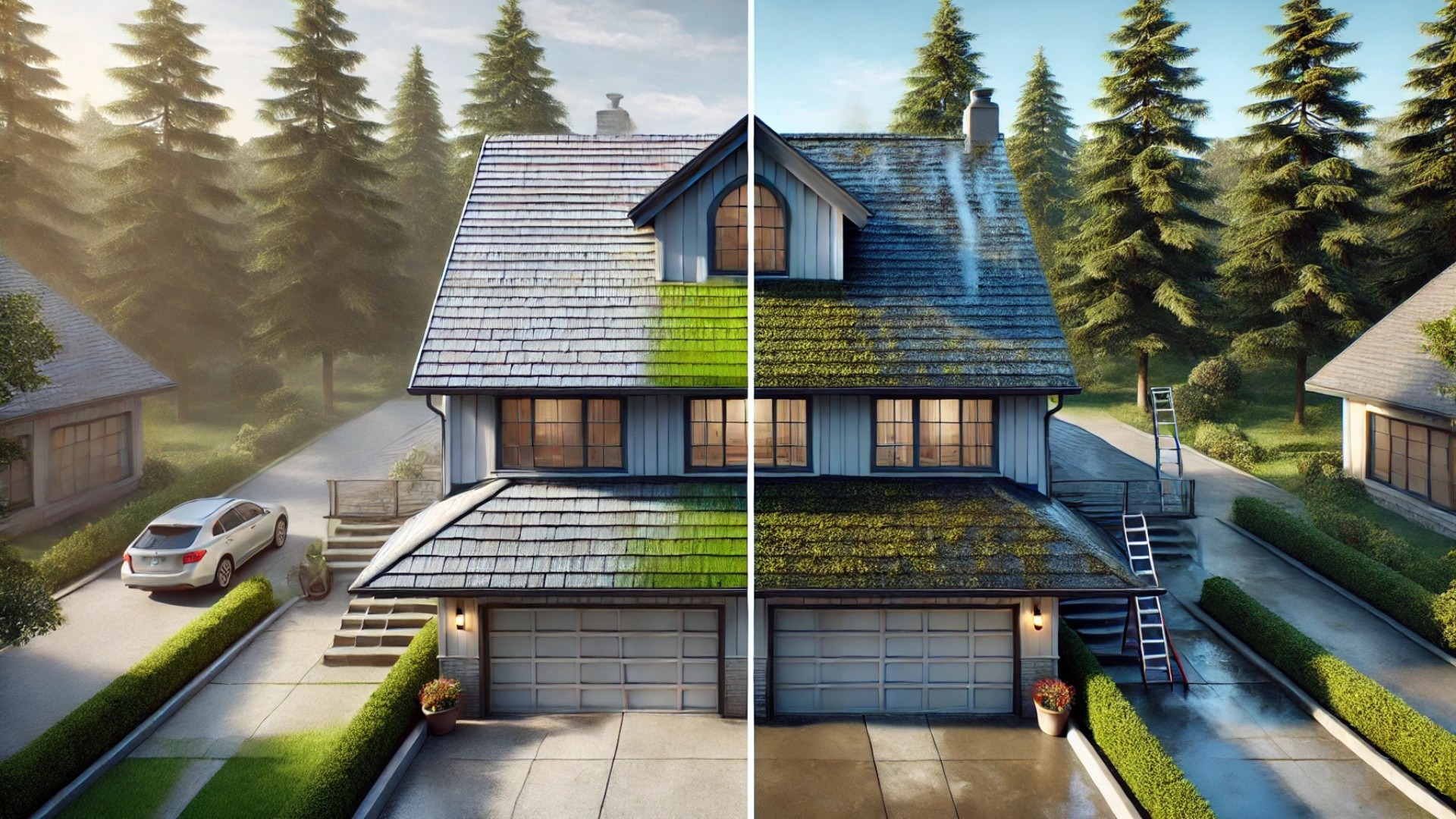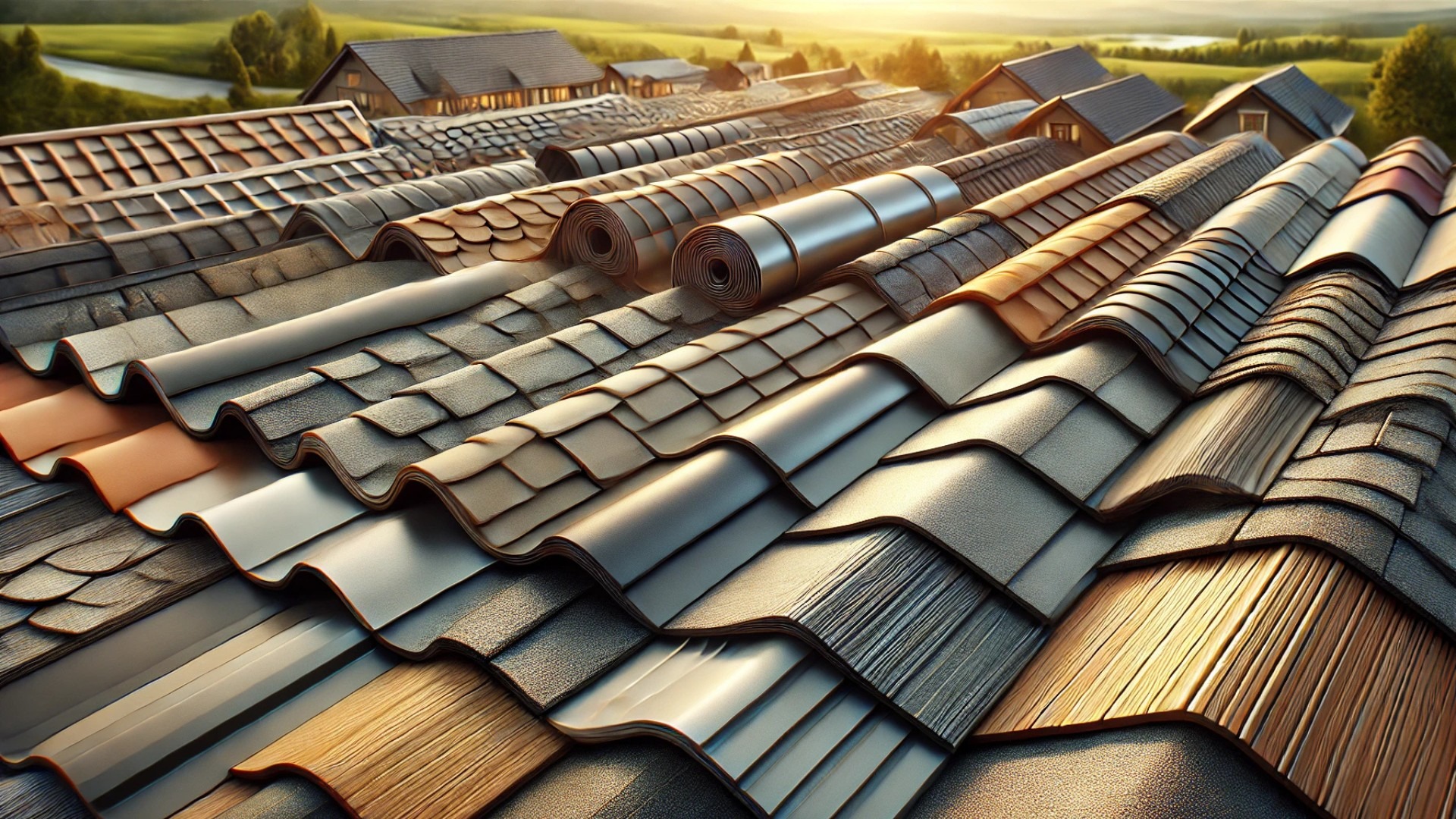
Understanding the Algae Dilemma in Roofing
Algae growth on roofs is more than just a cosmetic issue; it poses a significant threat to the longevity of your roof. Known for its dark streaks, Gloeocapsa magma is the primary culprit, thriving in damp, shaded conditions. Property owners often overlook this invasion, equating it to mere discoloration, but its consequences can lead to costly repairs and lower property values. Damp roofs not only harbinger algae but also encourage premature granule loss, which exacerbates roof decay and raises cooling costs due to absorbed solar heat.
Essential Practices to Combat Roof Algae
Addressing algae growth effectively requires proactive measures. Here are six practical approaches that can help keep this nuisance at bay:
1. Schedule Regular Roof Inspections
Routine inspections are crucial for early detection. Look for discolored streaks, especially on areas that receive less sunlight, like northern slopes or shaded patches near trees. An expert eye can spot initial signs of growth, allowing for timely intervention that saves both time and money.
2. Opt for Gentle Cleaning Techniques
While power washing might seem like a straightforward solution, it can inadvertently damage shingles. A better option is soft washing with diluted hydrogen peroxide or bleach. This method removes stains while respecting the integrity of your roofing materials, thereby preserving its lifespan.
3. Enhance Roof Ventilation and Drainage
Ensuring adequate ventilation in attics prevents moisture accumulation, a catalyst for algae growth. Pair this with clean gutters to avoid standing water on roofs. By facilitating airflow and proper drainage, you're not just preventing algae but also contributing to the overall health of your home.
4. Trim Overhanging Branches
Sunlight is an enemy to algae, which thrives in damp and shaded environments. Pruning tree branches that cast shadows over your roof enhances sunlight exposure, drying the surface more effectively. This not only lowers moisture levels but also minimizes organic debris accumulation.
5. Consider Preventative Treatments
When re-roofing, explore options that include algae-resistant shingles. These contain protective minerals like copper or zinc that actively inhibit algae growth. Coupling these shingles with installation strips can significantly reduce the likelihood of future infestations.
6. Educate Clients on Roof Maintenance
Lastly, imparting knowledge to homeowners about the importance of maintaining roof integrity can go a long way. Discussions about inspections, treatments, and environmental adjustments empower clients to keep their roofs in optimal condition, enhancing property value and aesthetic appeal.
Your Next Steps Towards a Cleaner Roof
Algae may seem harmless, but left unchecked, it can wreak havoc within your roofing structure. By following these best practices, homeowners can reclaim the beauty of their roofs and ensure longevity in their investment. Remember, a well-maintained roof isn’t just about aesthetics; it’s about safeguarding your home’s future. Keep your roofs clear, and avoid the algae headache!
 Add Row
Add Row  Add
Add 

 Add Row
Add Row  Add Element
Add Element 




Write A Comment